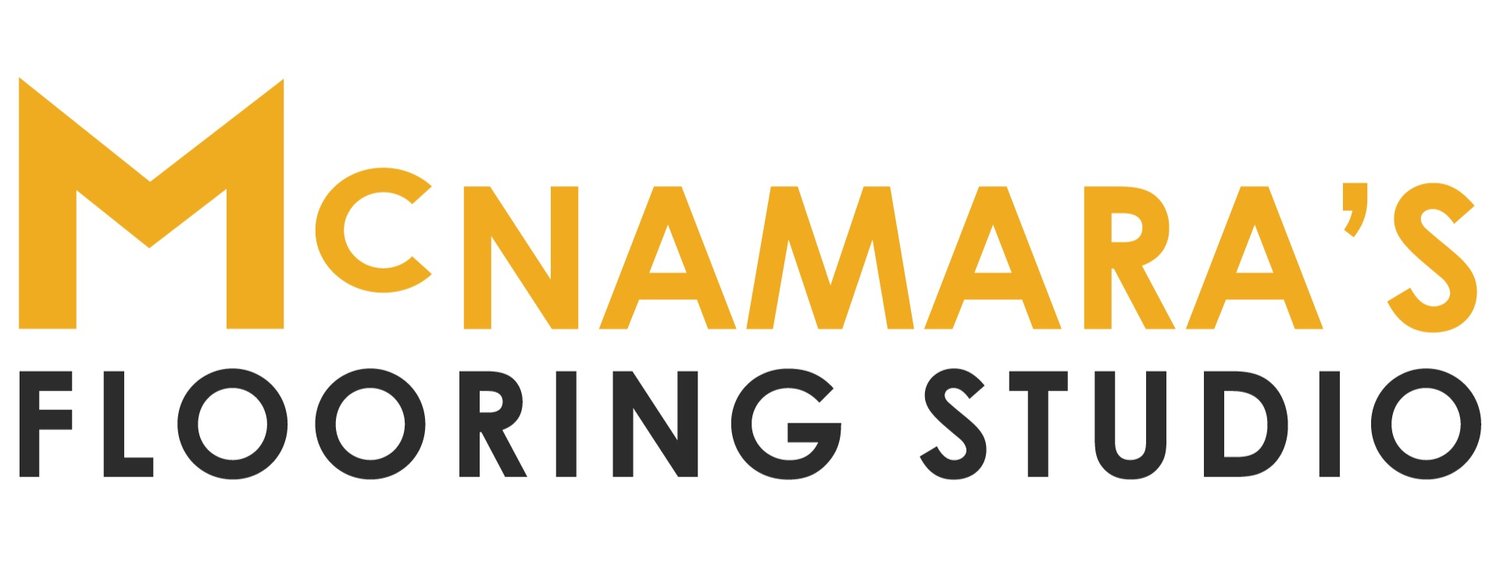
Hardwood
Each species of tree has its own grain, colour and properties. Hardwood comes in a wide variety of species, grades, platforms, widths, and glosses. Depending on the aesthetic you are trying to achieve there will be an option for you. Here are some tips to help you find the species that is best suited for your needs.
Request A Free In-Studio Design Consultation
Species:
Wood species are distinguished by their grain patterns, which are visible contrasts in the growth rings. Species like red oak, white oak, white ash, and hickory exhibit pronounced wood grain, adding character to the flooring. Conversely, hard maple and yellow birch display a tighter and less contrasting grain. Additionally, each species has a wood hardness rating, measured by the Janka hardness test. The higher the number, the more resistant the wood. However, in our dry and windy Alberta climate, the "hardest" Janka scale wood may not be the best choice as it can become brittle. For example, hickory may not be suitable, but white oak or red oak would be more appropriate.
Glosses/finishes:
Depending on the manufacturer, there may be a variety of glosses and finishes available. Here are three classic options:
Matte: Matte-finish floors have a low level of luster or sheen, reflecting minimal light.
Matte brushed (wire-brushed): This finish involves scraping the wood planks with a hard-bristled wire brush, revealing the soft grain from the growth ring of the tree. It creates a textured effect, offers low light reflection, and helps to conceal signs of wear.
Satin: Satin-finish hardwood floors have approximately 40% luster with moderate light reflection, resulting in a lightly transparent and silky appearance.
Platforms:
Hardwood flooring typically comes in two platforms: solid and engineered. Solid wood flooring is made entirely of hardwood and has a thickness of 3/4". It can be nailed or stapled to a subfloor and installed on both ground and upper floors. It is more suited for boards with smaller widths (2 1/4" – 4 1/4"). Engineered flooring, on the other hand, consists of a hardwood veneer (top layer) on a plywood substrate, providing better stability when exposed to humidity variations. It can be 1/2" or 3/4" thick and is suitable for installation on any level of the house, including the basement, and for houses with radiant heating systems. Engineered flooring allows for glued, stapled, or nailed installation.
Grades:
Hardwood is a natural material, with each tree and plank being unique. Selecting the grade allows you to choose between a clear and uniform floor or a contrasting mix of natural colorations. Your choice can result in light floors with an even appearance, composed of natural sapwood coloration, or a mixture of all the natural shades of the species, featuring full-bodied tones with moderate to pronounced variations among boards, including knots, mineral streaks, and splits + checks.
Widths:
Hardwood flooring is available in various widths, ranging from 2 1/4" to 8 1/8". When selecting the width, consider the size of the room. Wide planks can make small rooms appear more spacious, while the effect of depth can be achieved with narrow planks. However, the configuration of the room also plays a role. Wider planks create a stretching effect, while narrower planks are recommended for a sense of depth.
By considering these factors and exploring the options, you can find the perfect hardwood flooring that matches your preferences and creates a stunning visual impact.





